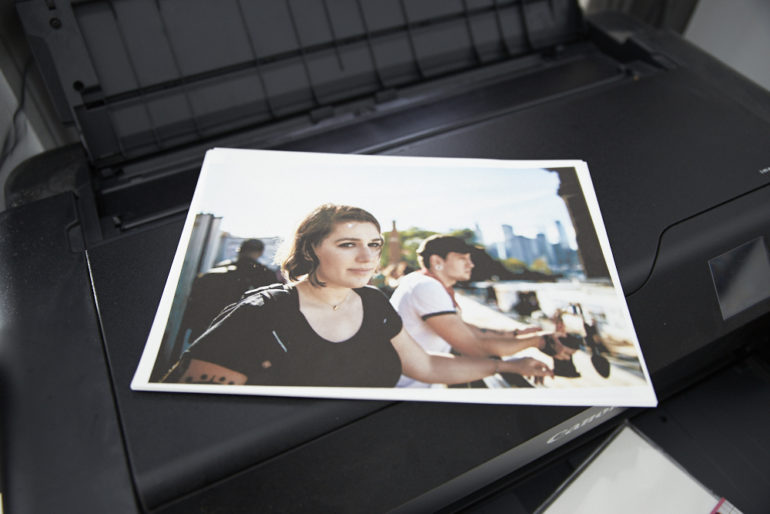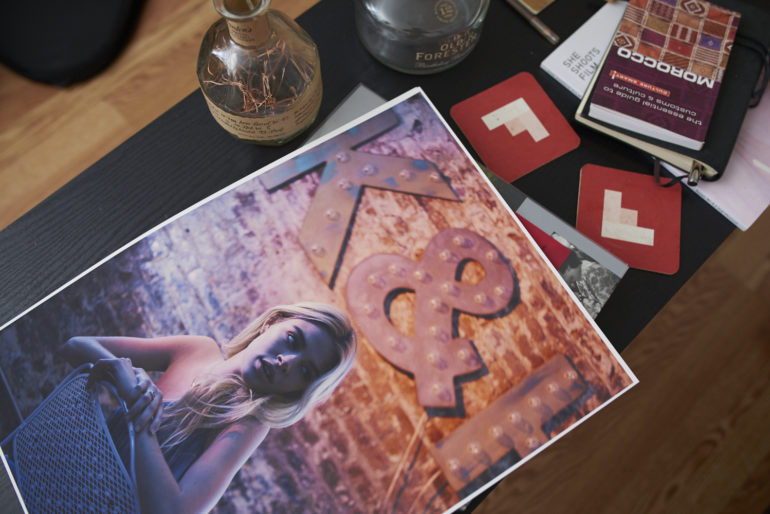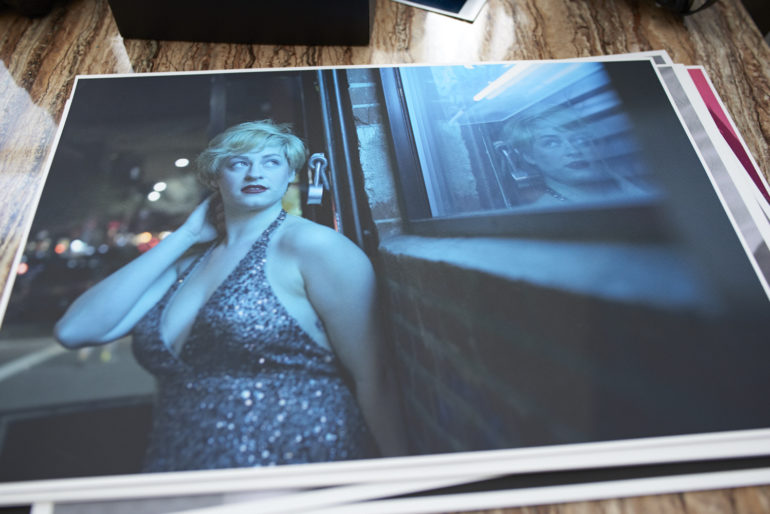Last Updated on 10/09/2018 by Mark Beckenbach
The world of printing your photos is really confusing even as I’ve been doing it for years now.
Throughout all my meetings in the photo industry, what’s consistently spoken about is how little people print anymore. Indeed, it isn’t a necessary part of the photography process because you can’t double tap the images or scroll passed them. But printing is still the ultimate experience in photography. Folks of course want to get into it, but if you’re looking at it as an outsider, it’s pretty darned complicated. Your more common options are heading to a Walgreens and getting prints made there. But the bigger and better prints aren’t well known to folks.
Here’s what the photo industry needs to focus on to get better messages across about printing.
First off, the biggest players are Canon and Epson with Legion/MOAB and Red River being amongst the others. Paper is more or less defined by two different categories when it comes to printing: matte and glossy. Glossy is perhaps the most common and matte prints are what people don’t really know about. Printing a photo via standard letter paper is essentially a matte print, but it’s a relatively awful one. Glossy is more likened to the crappy prints that you get at a pharmacy.
Okay, so now we’ve got that.
Then there are all the sub-names for them. Let’s start going over all these:
- Satin
- Glossy
- Metallic
- High Gloss
- Semi-Gloss
- Luster
- Professional
- Matte Gloss
- Fine Art
- Exhibition
- Fiber
- Velvet
- Cold Press
- Legacy
- Palo Alto
Now let me stop right there. Those are a number of terms and to different photographers they mean different things. Here are some questions that are bound to go through your mind because they surely went through mine when I first started out:
- Does satin mean that it’s soft? Smooth as satin, right?
- Why the hell would I want to get my image printed on something that looks like metal? Wouldn’t the grain ruin the photo?
- Matte Gloss? Really? What does that mean?
- What’s semi-gloss?
- Is Luster different front Semi-Gloss?
- Fine Art? Is that Glossy or Matte?
- Velvet? Wait, how is that different from Satin?
- Does Palo Alto mean that the paper is made in America?
In almost none of these names are the associations with Matte or Glossy–the two big paper types that every photographer or person who knows about paper will talk about. Not only that, but we liken the terms to computer screens. Photographers really prefer Matte displays, but they’ll probably actually use Glossy ones. Right here, I’ve only started to scratch the surface. The problem is an inherent marketing and naming one: the current standards appeal to photographers who have been printing for years and years, even though I highly doubt that they’d know exactly what you’re talking about. So if these photographers don’t know, then how do you expect newer photographers to know? In the past few years, more people than ever in the history of the world have picked up cameras.
Here are just a few ideas:
- Satin Glossy
- Metallic Glossy
- Luster Glossy
- Professional Matte (Still an awful name)
- Matte Gloss (Seriously?)
- Fine Art Matte
- Exhibition Matte or Glossy
- Fiber Matte
- Velvet Matte
- Cold Press Glossy
- Legacy Matte
- Palo Alto Matte
All of these papers then have some sort of attribution to them that makes them both unique and also tells us what they’re used for.





